Introduction
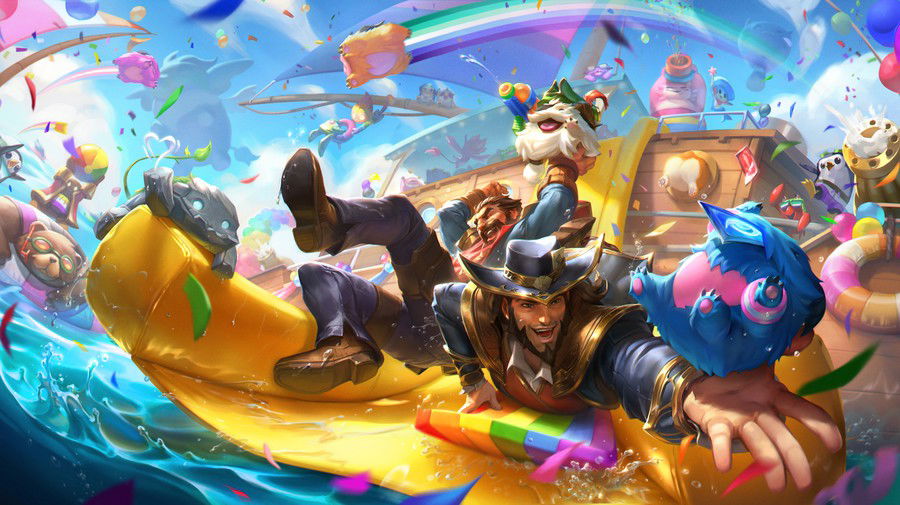
Pride month is the result of the achievements of all queer people seeking their emancipation and freedom throughout history. And this also happens in video games! Over time, more and more LGBTQIA+ characters are presented within the modern narratives.
In this article, we will discuss what the history of this marginalized community was like, little by little conquering its rightful space in the gaming universe.
But Why June?
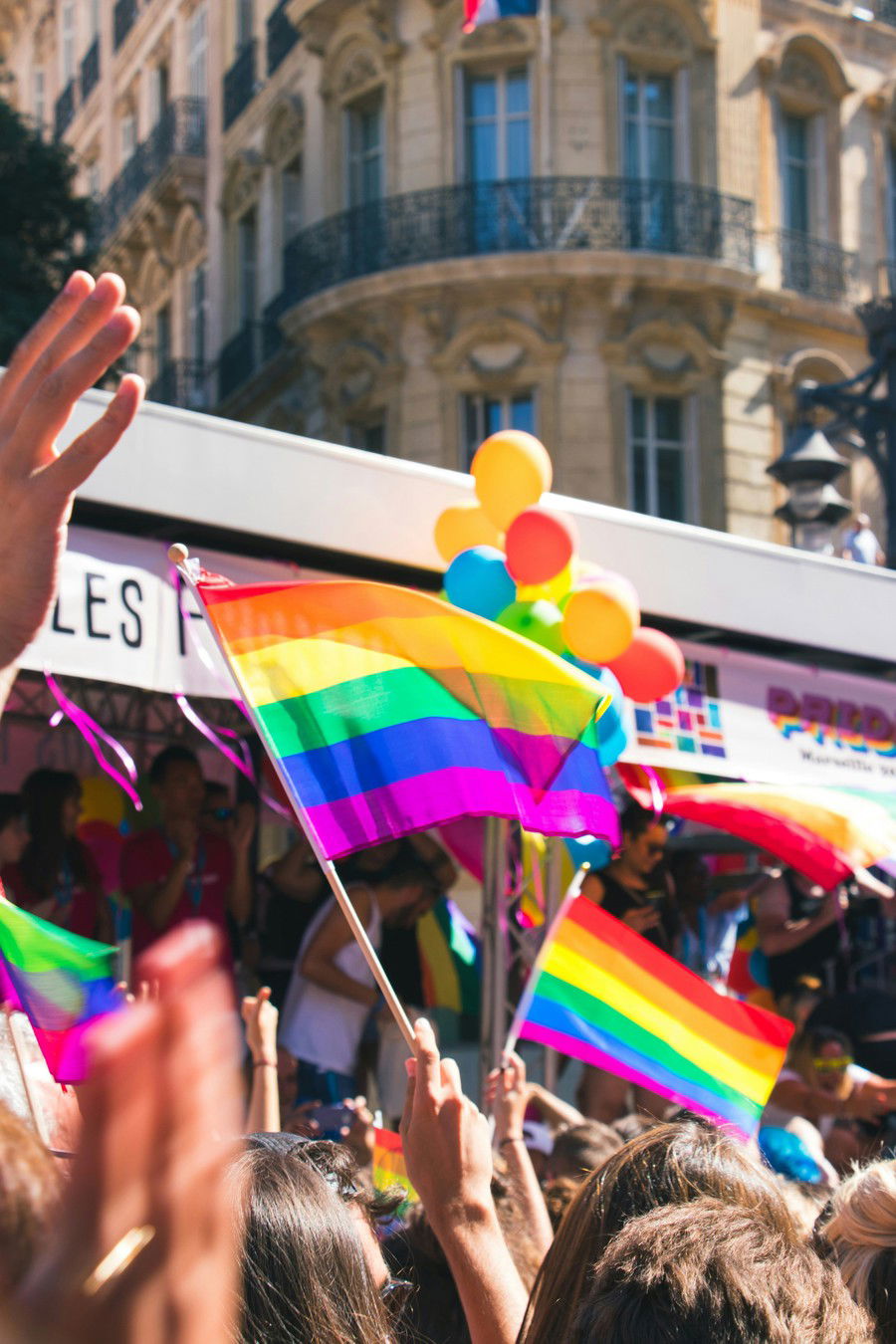
We already know that June is a month crowded with parades full of rainbows, workshops and parties, but why June?
This specific period, in fact, is stronger in the United States and at the beginning of its LGBTQIA+ civil rights movement.
In June 1969, there was a police raid in the residential district of Greenwich Village, in New York. A task force raided the Stonewall Inn bar, very famous for hosting meetings and parties for young people from the queer community, allegedly arresting the locals workers for selling liquor without a license, in addition to attacking the bar's owners.
Previously always acting passive when faced with violence against the community, the people present that day reacted by throwing coins, bottles and broken furniture at the police, forcing the team to barricade themselves inside the bar and wait for reinforcements. Even though they were dispersed by police reinforcements, protests continued to take place there for five days, and this was the initial trigger for the fight for rights to begin.

Meanwhile, in Philadelphia, Pennsylvania, activists were already holding small protests against abusive regulations, such as men being forced to always wear business clothes, and displays of affection in public being prohibited.
On the anniversary of the protests in Stonewall, in 1970, the activists decided to further strengthen what had happened the previous year, holding a march. Initially, the march's slogan would be “gay power”, however, as the movement still needed to gain strength, they decided it would be “gay pride”. It was only in 1999 that Bill Clinton declared June as Pride Month, which then later became known as the LGBTQIA+ Pride Month. In Brazil, the rights of this community only came into concrete existence in the 2010s.
And What About the Games?

First, we need to understand that the first marketed games were aimed at an audience who could afford to purchase these products, that is, with considerable monetary power, which in the 70s and 80s, meant men.
Therefore, even the few women who were represented in the games also followed a standard stereotype of the aesthetic industry of the period, such as Pauline in Donkey Kong and Princess Zelda: damsels who needed to be saved by male characters.
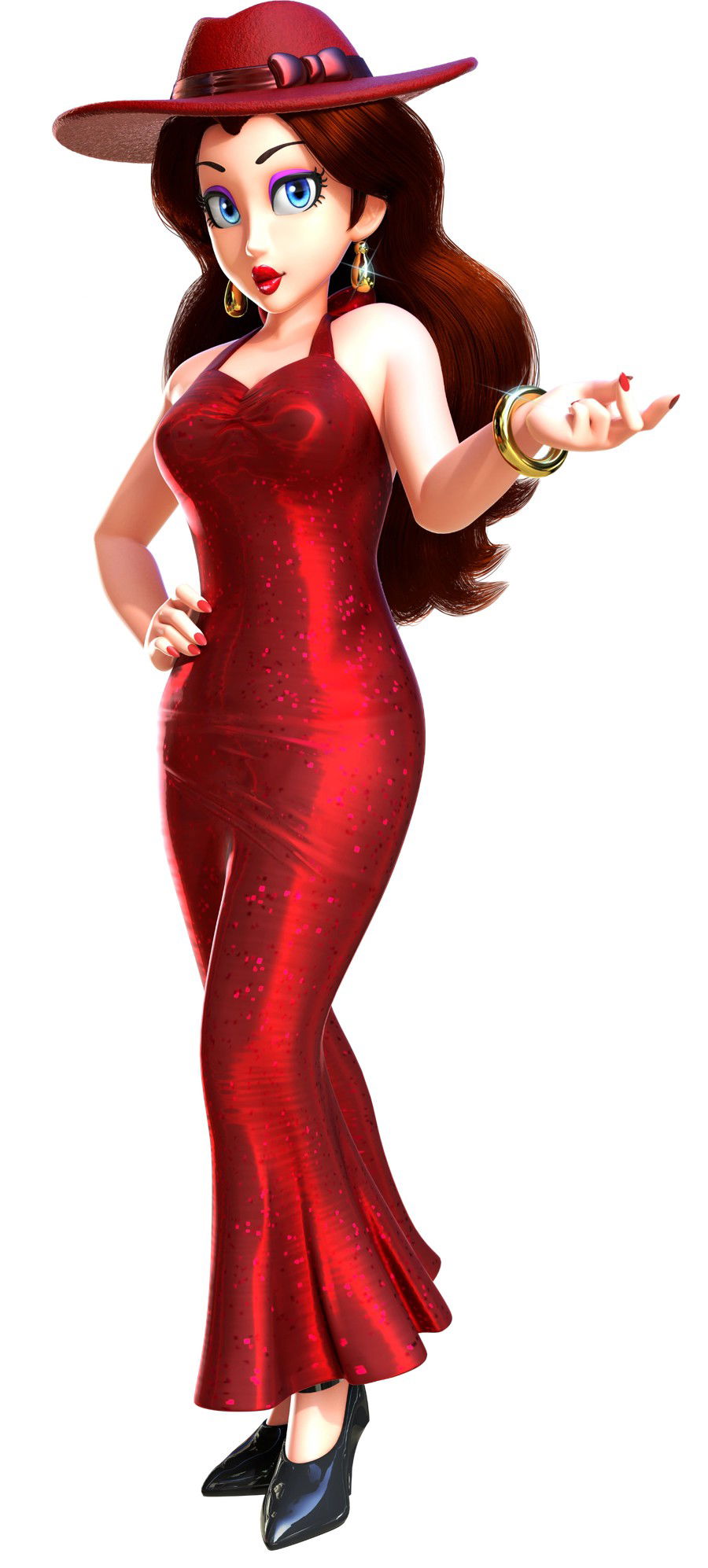
Therefore, the first LGBTQIA+ characters represented in games were scarce in the 80s, and began to grow exponentially only in the 2000s, reaching their peak in current days. The majority are included in the “queer coded implicit” category, which means that there are strong ties between the character and community issues, in addition to their appearance and way of acting, however, there is nothing explicitly saying that they are gay or lesbian, for example.
The biggest example of this is in games where there are a lot of dialogue and stories, such as RPGs, where there is greater subtlety. Flea, from the game Chrono Trigger, was a character created by Akira Toriyama to be a villain and have lines like: “Man or woman, what difference does it make? Power is beautiful, and I have power” in addition to others signaling non-conformity with their gender assigned at birth.
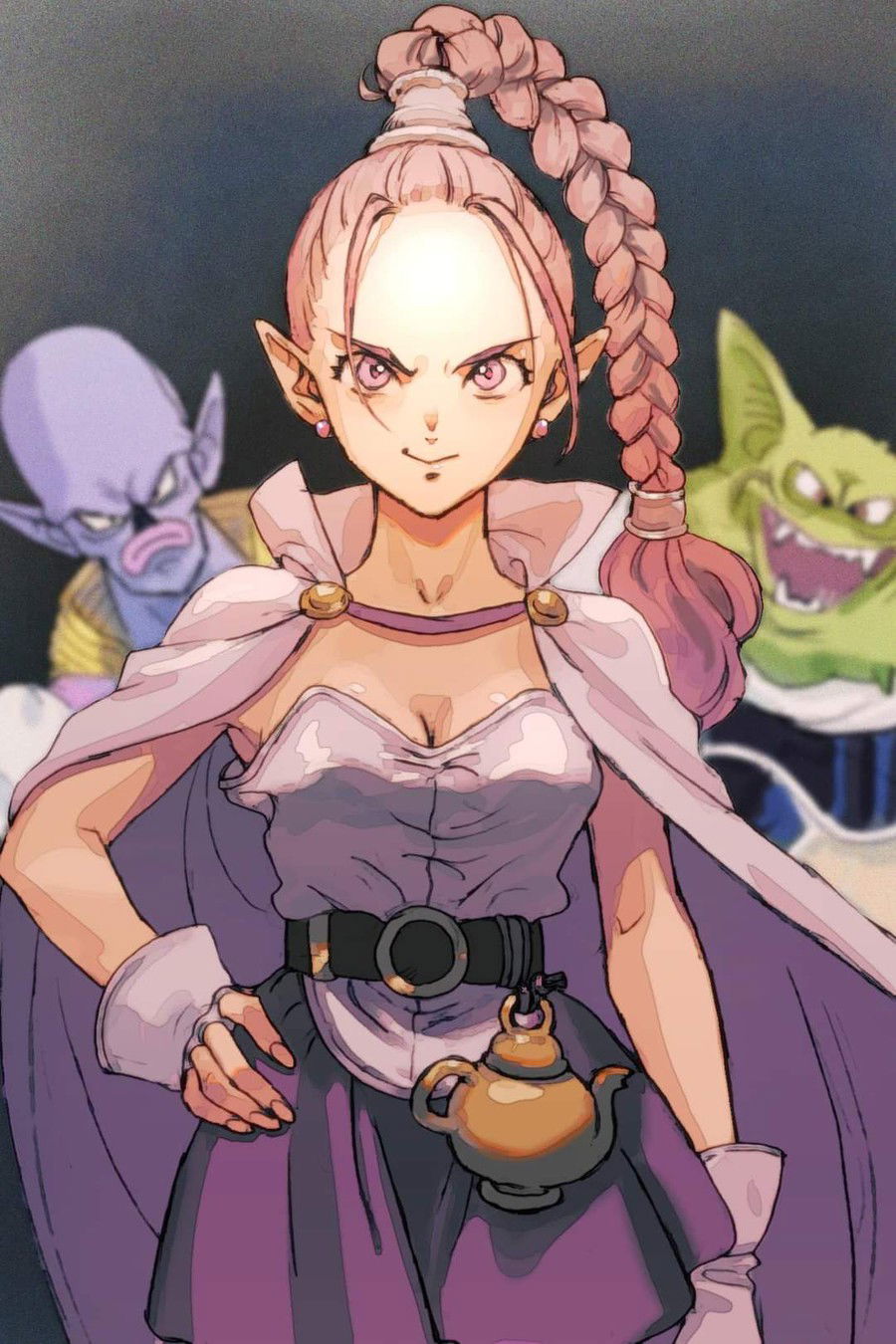
Hardships and the 2000s
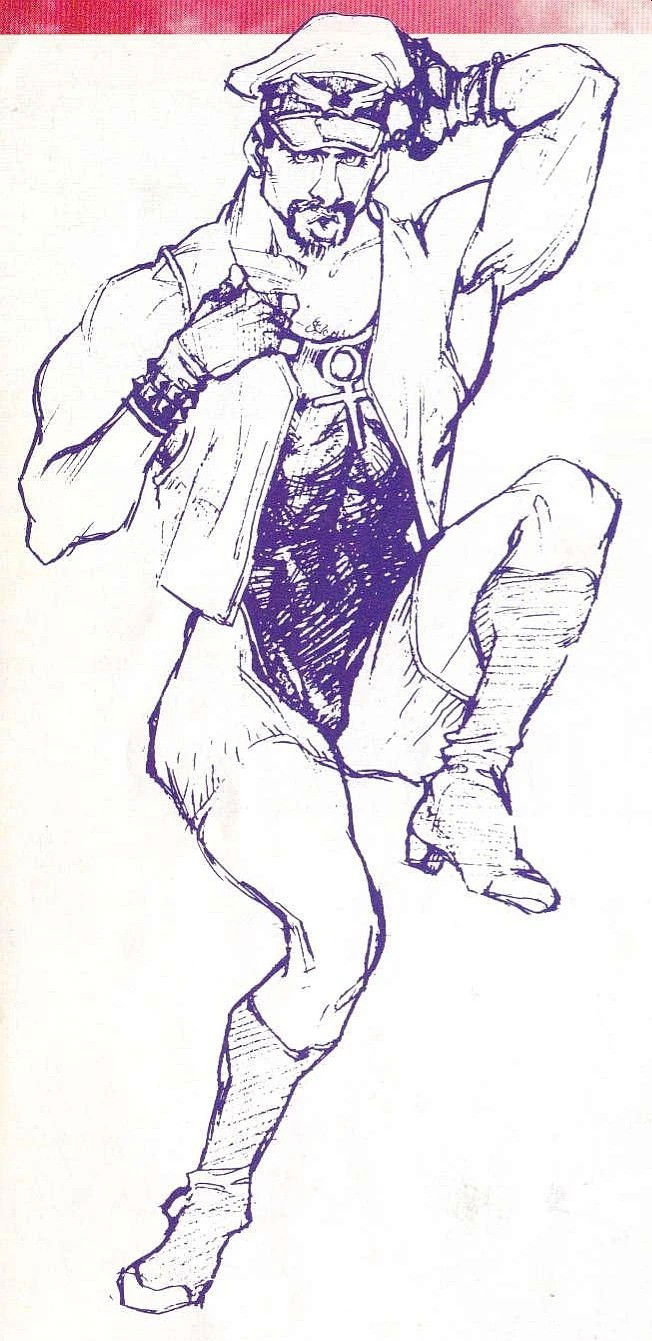
With the growth of the industry, representation rates also grew, however, it went through difficulties. Queer characters, such as the boss Ash from Streets of Rage 3 were censored in some regions, this one especially because it was considered offensive.
Among the Fighting games, the characters Roxy and Poison from the game Final Fight were censored in a port of the game for the Super Nintendo: their inclusion was harshly criticized, violence against women could not be present in the game; the Japanese developers' response was to say that the two were transgender; therefore it would not generate controversy. Nintendo was dissatisfied with the response, and ended up excluding both from the game port. We will not go into the topic of issues regarding this statement or the sexualized stereotype of the pair, the relevant point being: how LGBTQIA+ people were, indeed, present in games now. In fact, Poison became one of the most beloved characters in the franchise, becoming a playable character in several titles in the Street Fighter* series.
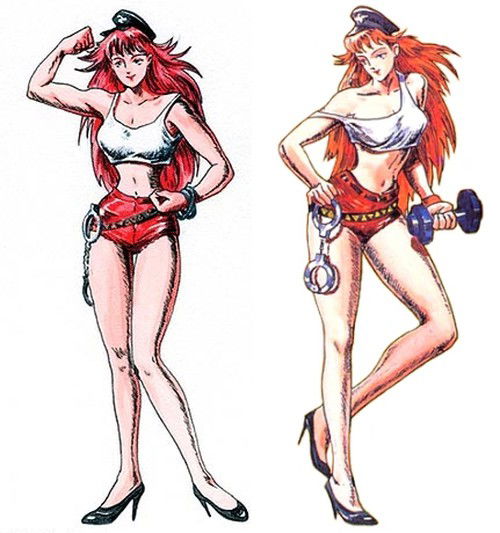
Here, if I were to discuss all the characters from that time, it probably wouldn't fit in the article. In the first version of The Sims, released in 2000, sims could have romantic relationships with others of the same gender; World of Warcraft has gay, lesbian, bisexual and transgender characters; Just like the most famous MOBA of all time, League of Legends, released in 2009, features, among others, Caitlyn and Vi, the lesbian couple present in Arcane.

Current Days, and What to Expect From the Future?

At the moment we are in, there are still few LGBTQIA+ protagonists. Sometimes people from the community are present in the story, or in side quests. Madeline, from the game Celeste, is a trans woman and the protagonist of the critically acclaimed platform game. Even more within the mainstream, Ellie, one of the protagonists of The Last of Us, is openly lesbian and this is explicit during the game.
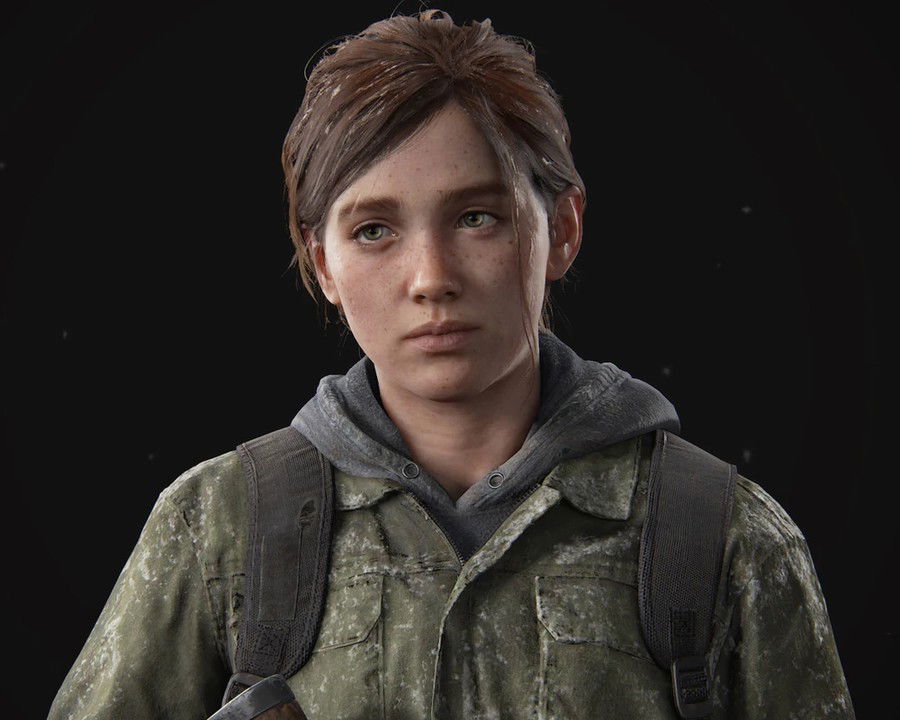
In Valorant, there are no protagonists, and the player can choose their character, known as agents, forming a team of 5 with other players, and each one performs different functions. Clove is a non-binary character in the game, and uses gender-neutral pronouns in all instances of speech in the game. Online games are very popular and played by a huge range of people in terms of age, gender and housing, so representation like this is relevant, especially for the community.
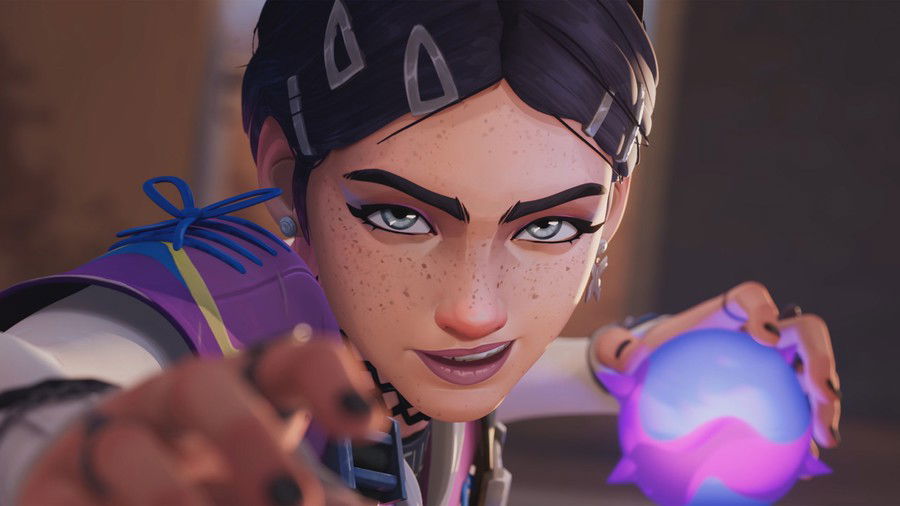
Even though there are still many barriers, the tendency towards acceptance and welcoming of these people is evident, and certainly necessary; this also occurs when in games, these characters exist, and are not portrayed within a harmful stereotype, or simply marginalized.
Conclusion
Games are a reflection of our culture, and with that comes great power: to normalize that not everyone is heterosexual and/or cisgender. There is still a long way to go, however, the greater the inclusion, the greater its representation will also be.
Happy Pride Month!









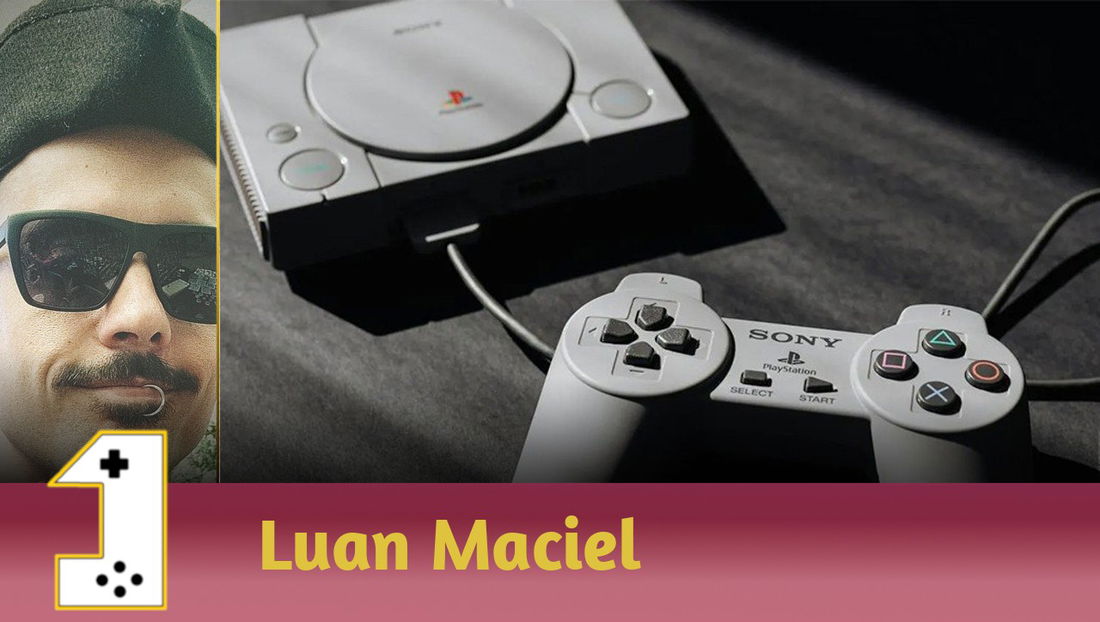
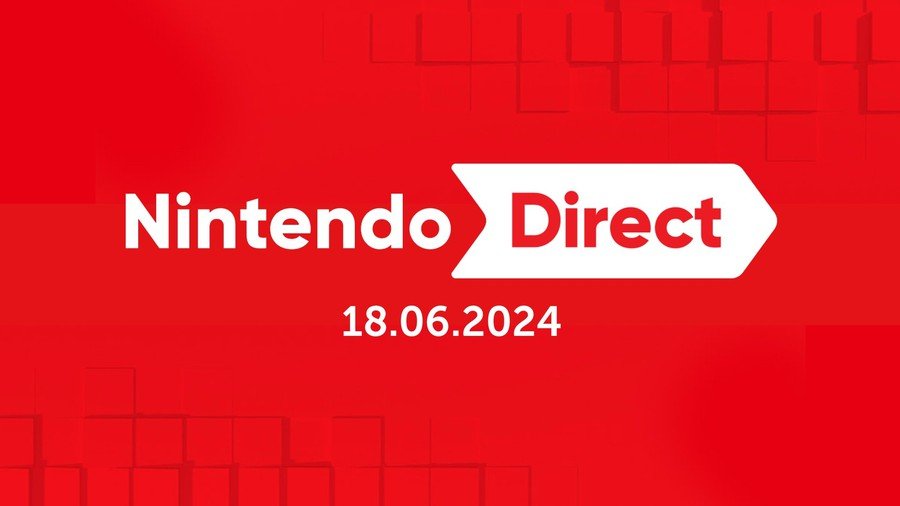



— Comments 0
, Reactions 1
Be the first to comment